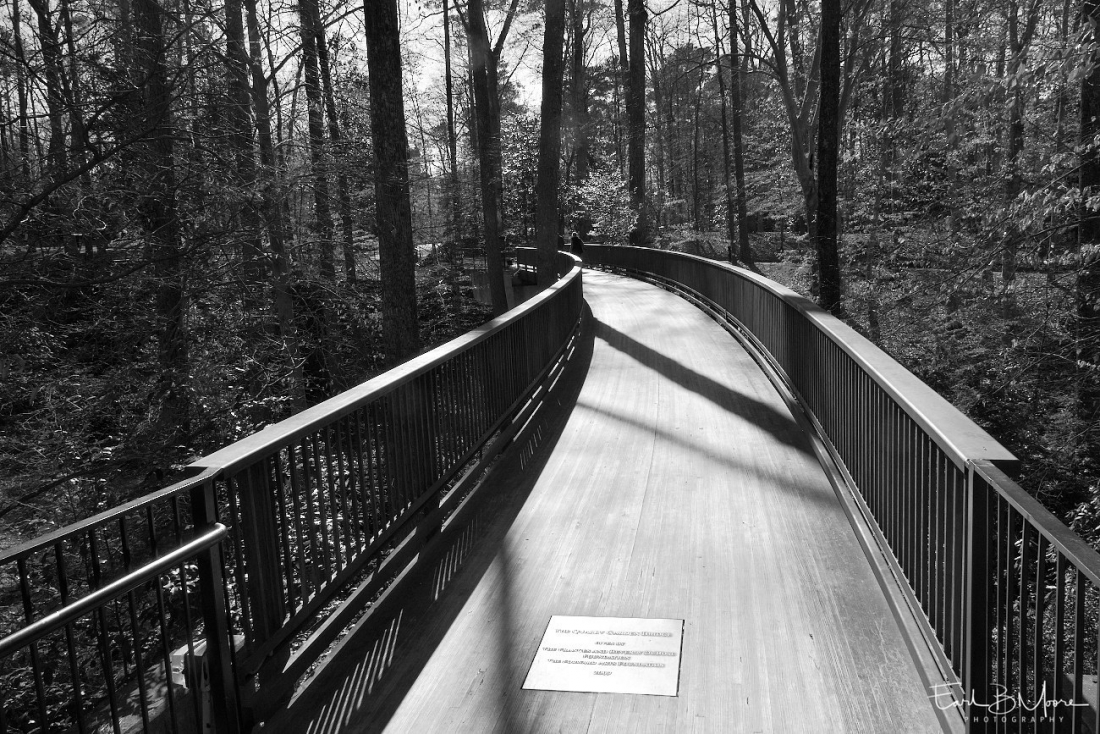
Atlanta, Georgia (GA), is currently front and center in the news with the NFL Super Bowl LIII game that is to be played at the Mercedes Stadium in Atlanta on Feb. 3rd, 2019.
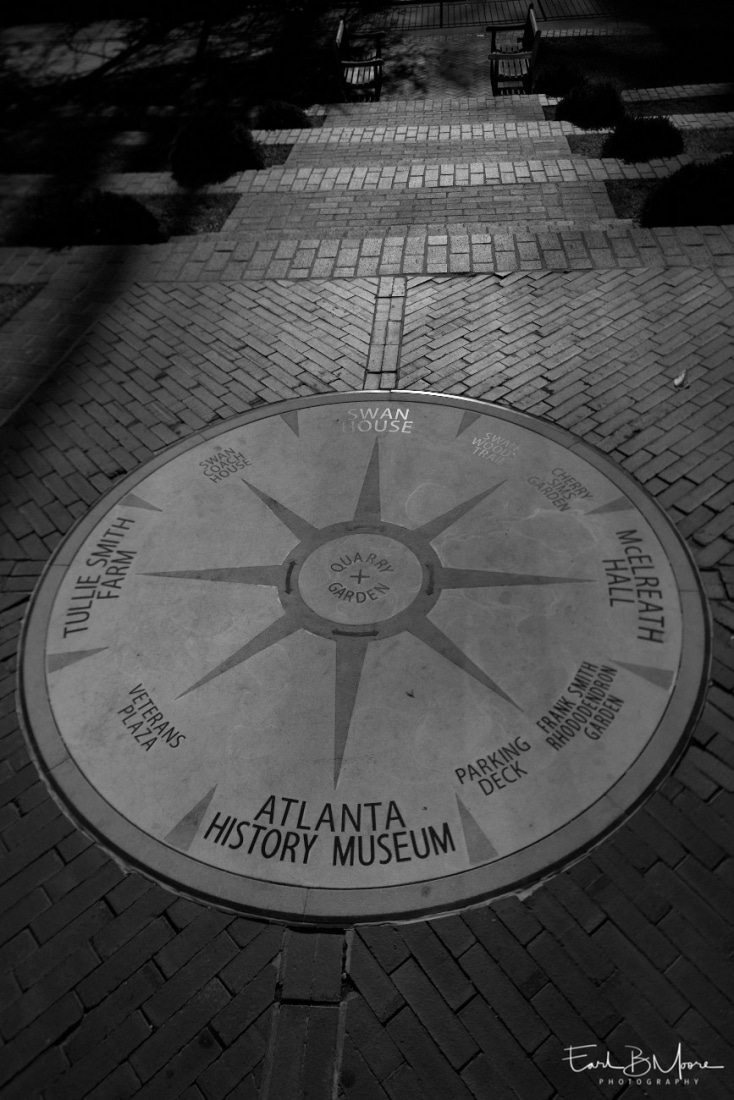
I’ve often thought one-dimensionally of Atlanta, GA, as a place of terrible traffic which should either be avoided altogether or pass-around as a quickly as possible, hopefully in an off-peak traffic period. This was especially true the few times we had to “do Atlanta” with our 55+ foot long truck and RV rig. However, in the last couple of years Bonnie and I have had the opportunity and experience to acknowledge the gist of the saying “Don’t judge a book by its cover.” While visiting good friends who live and work in Atlanta we’ve discovered a city which embraces its rich cultural history while also charting a progressive place for growth and acceptance.
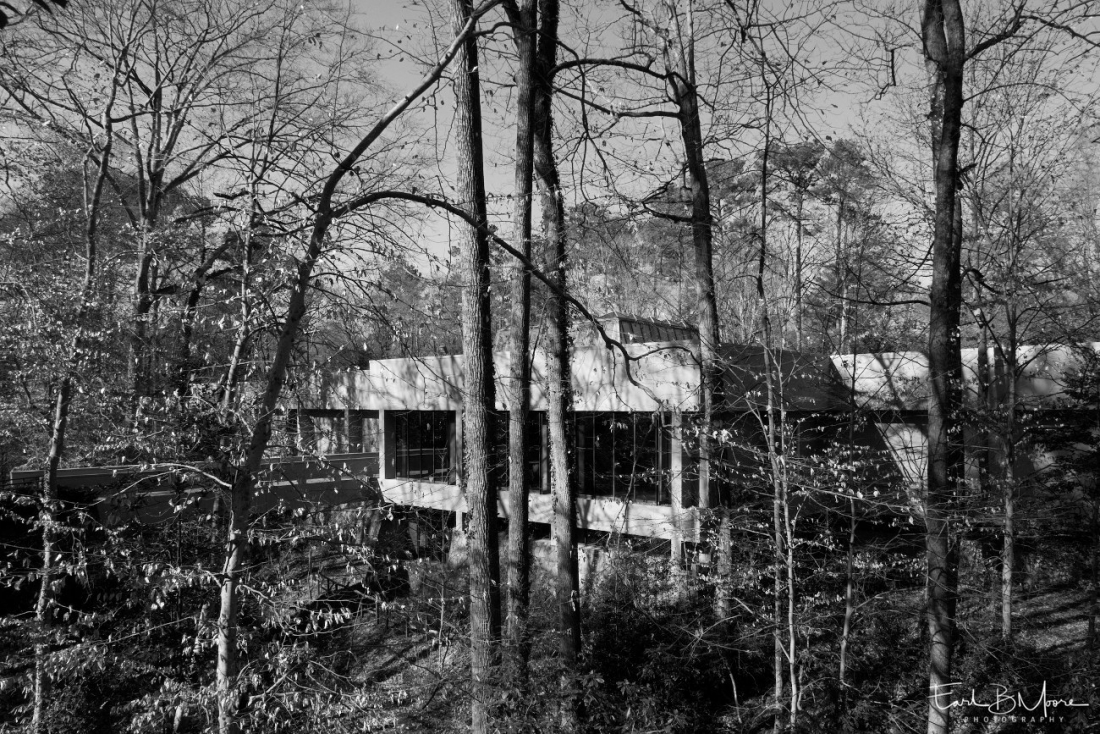
What’s in a name:
In 1836, the state of Georgia decided to build a railroad to the U.S. Midwest and a location was chosen to be the lines’ terminus. In the following years, homes and stores were built there and the small settlement grew. Early on the settlement became known as “Terminus,” literally meaning end of the line. By 1842, Terminus had six buildings and 30 residents. Soon rail lines arrived from four different directions and the rapidly growing town quickly became the rail hub for the entire Southern United States. For a short period, Terminus became Marthasville,, named after the then Governor Wilson Lumpkin’s daughter. In 1845, the chief engineer of the Georgia Railroad suggested Marthasville be renamed “Atlantica-Pacifica,” which was quickly shortened to Atlanta. The residents approved and the town of Atlanta was incorporated in 1847.
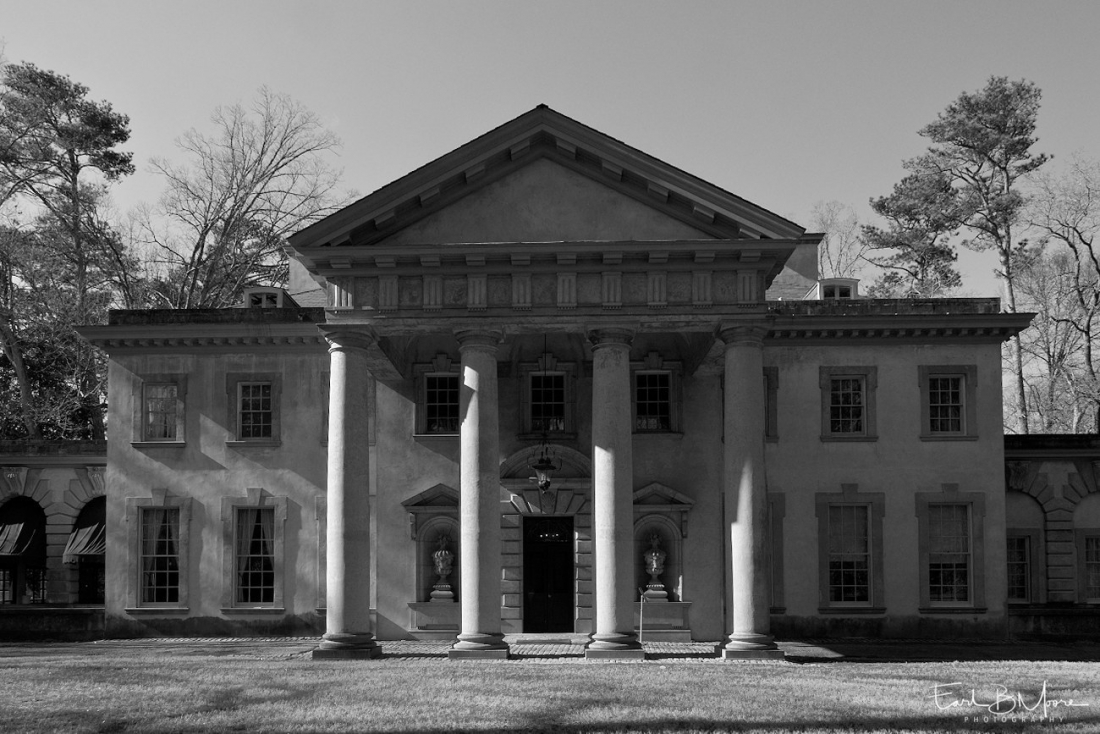
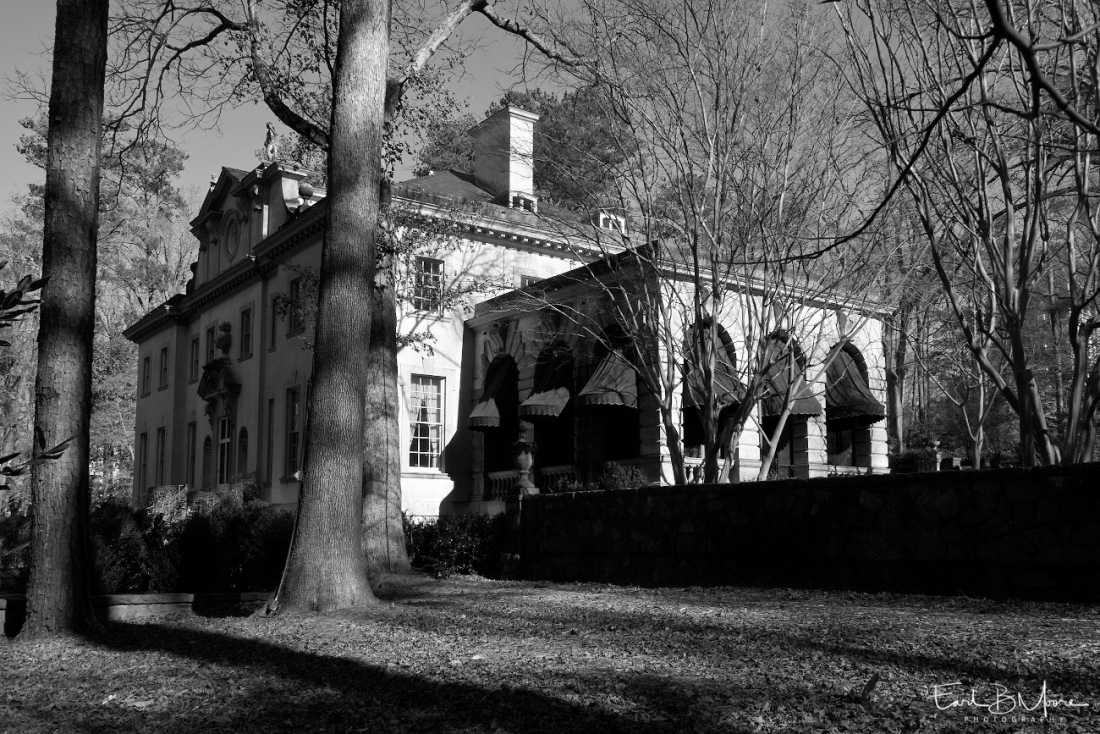
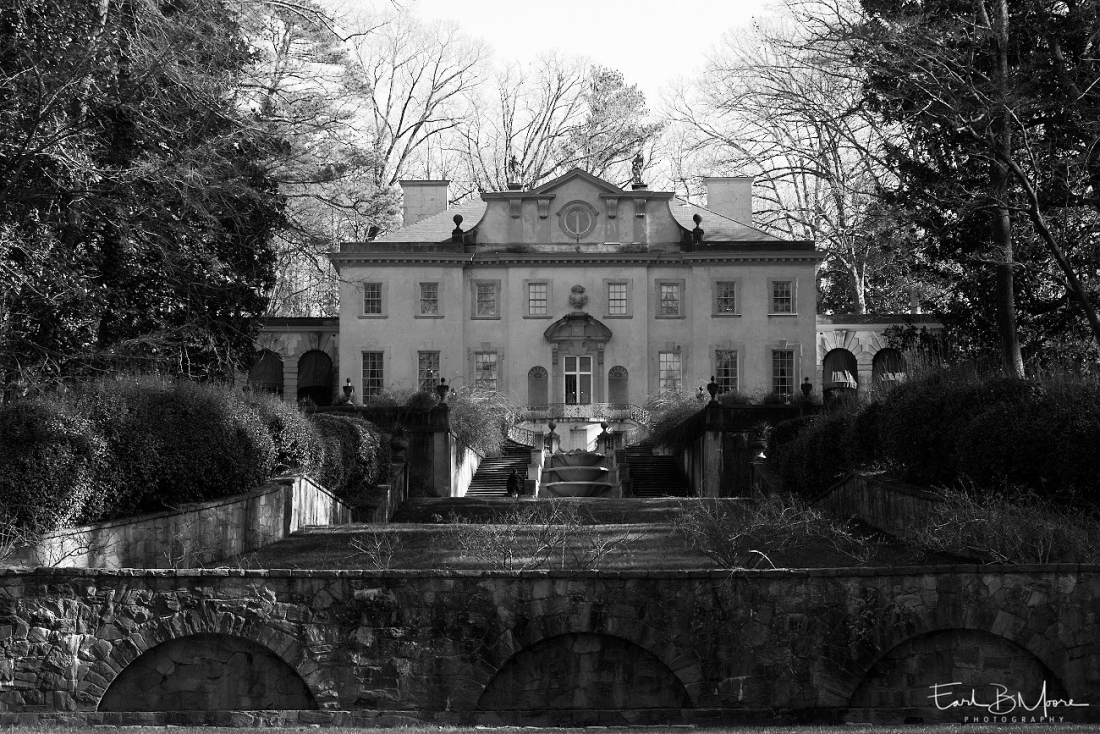
Historical Atlanta Events:
- During the American Civil War, Atlanta served as an important railroad and military supply hub and was a major target for Union Forces. On September 2, 1864, the city was surrendered to Union General Sherman and on September 7 Sherman ordered the civilian population to evacuate. He then ordered Atlanta burned to the ground on November 11 in preparation for his punitive march south. However, after a plea by Father Thomas O’Reilly of Immaculate Conception Catholic Church, Sherman did not burn the city’s churches or hospitals.
- After the American Civil War, Atlanta emerged from the ashes – hence the city’s symbol, the Phoenix and was gradually rebuilt, as its population increased rapidly after the war. Atlanta; Fulton County went from 20.5% black in 1860 to 45.7% black in 1870. Despite erratic food supplies as well as a smallpox epidemic in Atlanta in December 1865 and another epidemic in the Fall, 1866; where hundreds died, the rebuilding of Atlanta created many new jobs and employment boomed. Atlanta soon became the industrial and commercial center of the South.
- Atlanta quickly became a center of black education. Atlanta University was established in 1865, the forerunner of Morehouse College in 1867, Clark University in 1869, what is now Spelman College in 1881, and Morris Brown College in 1881. This would be one of several factors aiding the establishment of one of the nation’s oldest and best-established African American elite in Atlanta.
- Atlanta has other unique experiences, to name a few:
- A major race riot in 1906 which left 27 dead (25 of them black) and over 70 injured;
- The Great Atlanta Fire on May 21, 1917, destroyed 1,938 buildings, mostly wooden, in what is now the Old Fourth Ward resulting in 10,000 people becoming homeless;
- Near bankruptcy during the Great Depression in the 1930s. The Coca-Cola Company had to help bail out the city’s deficit and the federal government stepped in to help Atlantans by establishing Techwood Homes, the nation’s first federal housing project in 1935;
- Hosting the 1996 Summer Olympics; and
- on March 14, 2008, the first “downtown” tornado ever recorded.
Perhaps you can tell I enjoy history and learning how these historical events shaped and made what we see and experience currently.
My introduction to these details of much of this information was gleaned from an enjoyable day spent at the beautiful Atlanta History Center. In addition to many well-executed presentations in the main building, there are also independent galleries on Folk Art, the Civil War, Stories of Atlanta, etc. Also on the beautifully wooded 33-acre history center grounds are the Swan house and the Smith Family Farm to be explored.
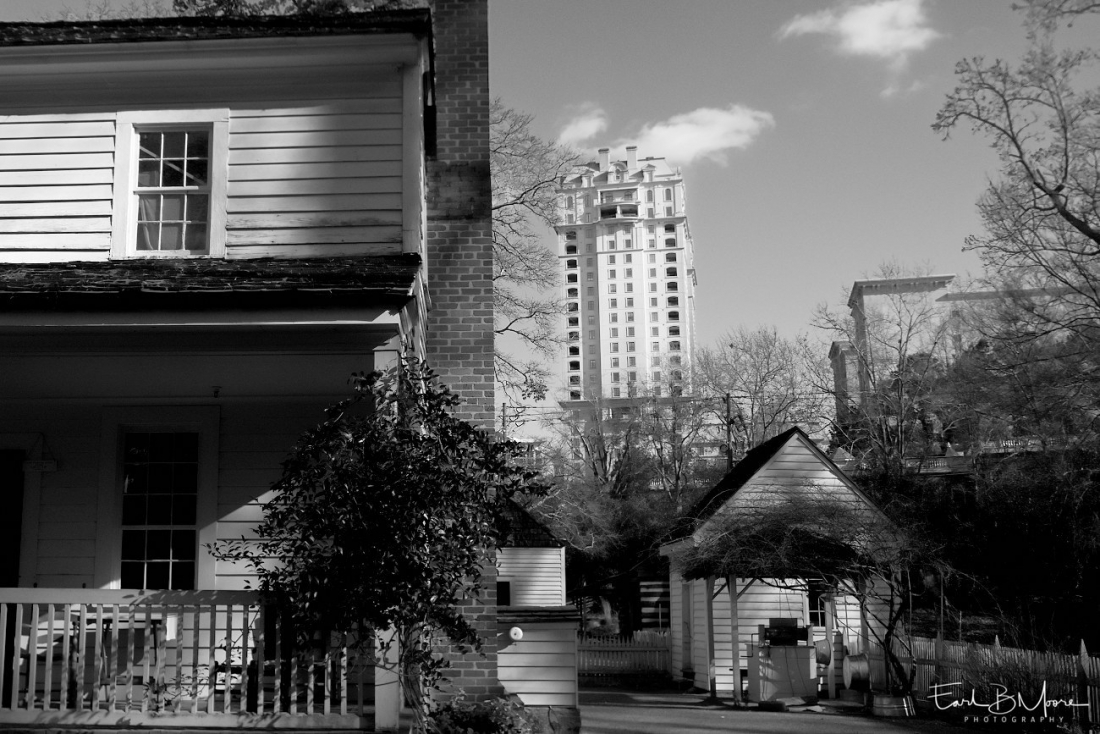
Of course, we also spent some wonderful time sharing excellent food, drink and endless good laughs with our friends who always go out of their way to make us feel welcomed. Many thanks to them! You know who you are.
Our traveling to Atlanta was indirect, with an enjoyable overnighter at Asheville, in the NC mountains, followed the next day by a curvy loop through Waynesville, Brevard, Lake Toxaway, then south through the mountainous region of northwestern SC before joining the I-85 “freeway crowd” at the northern Georgia state line…just a bit of exploring in hopes of determining where our next “Jump” may lead us. The weather was wonderfully cool and beautiful. Coming back it was all I-85.
**Some information included from “History of Atlanta, Wikipedia“










A rather captivating city for a “one dimensional” city ;) All these delightful photos and not one hint of this “terrible traffic”. Well done!
Yes, we and our friends tend to seek out a quiet oasis. Thanks, Cedric.
Quite a bit of history there, Earl. I didn’t know most of these things. Interesting, Atlantica-Pacifica, sounds like a great choice to shorten the name. Terminus was mentioned in The Walking Dead, which was based in Atlanta, although, curiously, few of the zombies or people in it are black. :) https://walkingdead.fandom.com/wiki/Terminus – just adding my little bit of recent history to the mix. :)
Yeah, no doubt there’s a bit of acute history ‘diarrhea’ in this post but believe it or not I shorten it down some. :-) I hadn’t thought of the ‘Walking Dead’ angle so thanks for the add. Humm…it doesn’t make sense why in a city that has a higher than average population of blacks there would be a lower than the average number of black zombies. I certainly would expect a great degree of realism from a show about zombies. ;-)